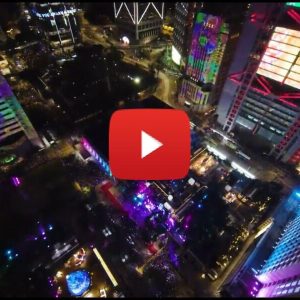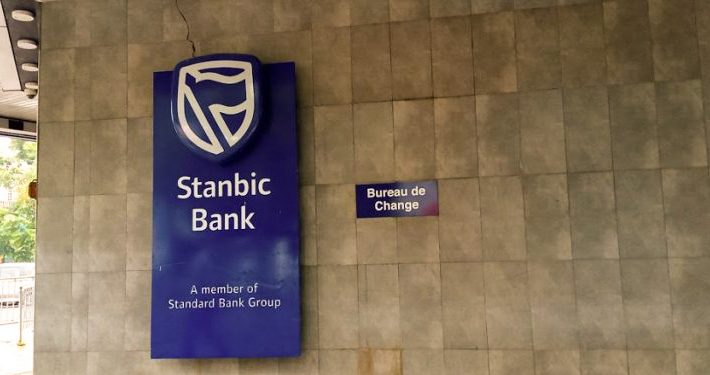
- Strongest decreases in output and new business for 12 months
- Backlogs fall at quickest pace in over four years
- Selling price and input cost inflation both accelerate
Kenyan private sector business conditions deteriorated at the sharpest pace in a year during July, as business activity was hit by weaker order inflows, rising price pressures and disruption from protests.
The downturn led to a marked reduction in input purchases and a slight dip in inventories, although staffing numbers were broadly stable, supporting backlog depletion.
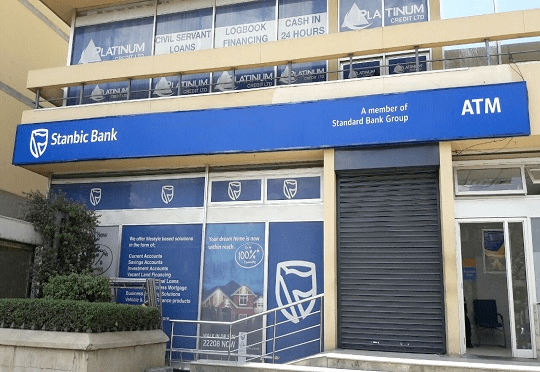 Firms in Kenya also reported a quicker increase in input prices, with the pace of inflation climbing to a seven-month high.Subsequently, average selling charges rose to the greatest degree since January.
Firms in Kenya also reported a quicker increase in input prices, with the pace of inflation climbing to a seven-month high.Subsequently, average selling charges rose to the greatest degree since January.
The headline figure derived from the survey is the Purchasing Managers’ Index™ (PMI®). Readings above 50.0 signal an improvement in business conditions on the previous month, while readings below 50.0 show a deterioration.
The PMI dropped for the third consecutive month in July and was further below the 50.0 neutral threshold. At 46.8, down from 48.6 in June, the index signalled a solid downturn in the health of the private sector economy.
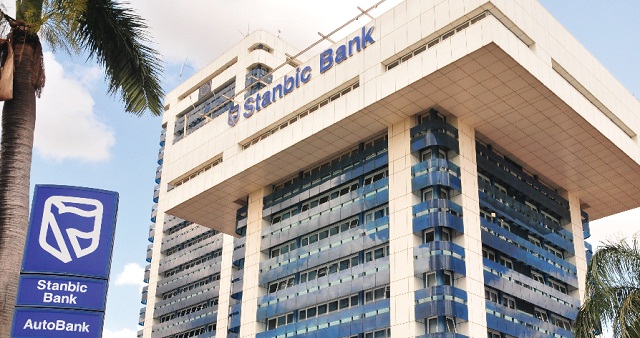 Moreover, this marked the sharpest decline in operating conditions since July 2024.
Moreover, this marked the sharpest decline in operating conditions since July 2024.
Business activity fell at the strongest pace in a year in July, with 38% of survey respondents signalling a downturn over the month (versus 17% that saw a rise).
That said, the decline was largely concentrated in the manufacturing and services sectors, conflicting with higher output across agriculture, construction and wholesale & retail.
Businesses reportedly curbed their output because of lower sales volumes, cash flow problems, political unrest and accelerating inflationary pressures.
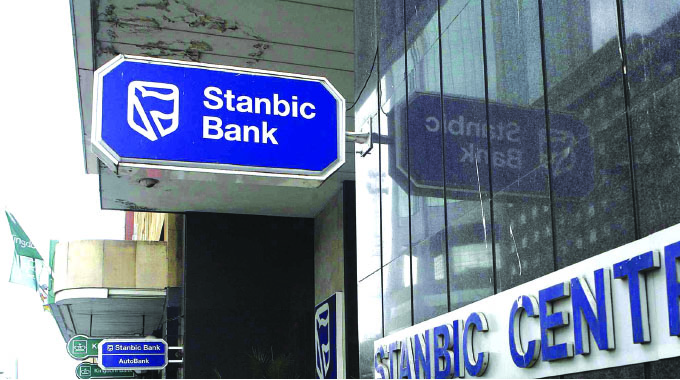 Total new orders also declined, and at the sharpest rate for 12 months. According to survey participants, orders fell due to reduced customer spending power, higher prices and political protests leading to lower footfall.
Total new orders also declined, and at the sharpest rate for 12 months. According to survey participants, orders fell due to reduced customer spending power, higher prices and political protests leading to lower footfall.
Kenyan companies made successful attempts to reduce their work-in-hand in July, as weaker demand freed up capacity.While modest, the decrease in backlogs was the greatest recorded since April 2021.
Backlog clearance was helped by employment levels remaining stable. With workloads falling, companies scaled back their purchasing
activity sharply in July.

The reduction was the fastest in almost three years, led by marked cutbacks among manufacturers Stocks of purchases also fell, representing the first monthly decline in 2025 so far.
Input cost inflation rose during July, driven by a steep increase in fuel prices as well as higher tax payments, according to respondents.
Notably, overall cost burdens increased at the fastest pace in seven months.
Several firms opted to pass through higher costs to customers, resulting in a solid rise in selling prices that was the most marked since the start of the year (albeit in line with the long-run trend). For the second month running, Kenyan businesses were more optimistic about future activity in July.
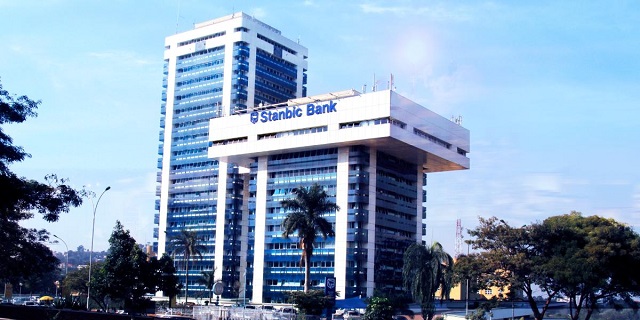 The degree of confidence rose to its highest level in 15 months. Positive sentiment was linked to new product releases, land purchases, reoriented marketing plans and branch openings.
The degree of confidence rose to its highest level in 15 months. Positive sentiment was linked to new product releases, land purchases, reoriented marketing plans and branch openings.
Christopher Legilisho, Economist at Standard Bank commented:
“The Stanbic Kenya PMI suggests that private sector output and new orders weakened for a third month in a row, reflecting the negative impact that recent protests have had on businesses.
It also reflected harsh economic conditions crimping consumer spending, more so in services and manufacturing.Positively, there were
expansions in agriculture, construction and wholesale and retail, but it was not sufficient to lift overall economic output.
 Employment conditions were stable, notwithstanding the dip in output. Business confidence in future output increased for a second month in a row, indicating that firms anticipate will be in a better state a year from now.
Employment conditions were stable, notwithstanding the dip in output. Business confidence in future output increased for a second month in a row, indicating that firms anticipate will be in a better state a year from now.
“Pricing pressures increased due to a rise in fuel prices by the Energy and Petroleum Regulatory Authority (EPRA) in July. Firms also complained that higher taxes contributed to an increase in purchase and operating costs.
“Overall, the private sector activity is mixed in the sense that certain sectors are doing well, while other sectors are struggling under the weight of weak consumer demand conditions.”
The Stanbic Bank Kenya PMI® is compiled by S&P Global from responses to questionnaires sent to purchasing managers in a panel of around 400 private sector companies.
The panel is stratified by detailed sector and company workforce size, based on contributions to GDP.
The sectors covered by the survey include agriculture, mining, manufacturing, construction, wholesale, retail and services. Data were first collected January 2014.

Survey responses are collected in the second half of each month and indicate the direction of change compared to the previous month. A diffusion index is calculated for each survey variable.
The index is the sum of the percentage of ‘higher’ responses and half the percentage of ‘unchanged’ responses. The indices vary between 0 and 100, with a reading above 50 indicating an overall increase compared to the previous month, and below 50 an overall decrease.
The indices are then seasonally adjusted.The headline figure is the Purchasing Managers’ Index™ (PMI). The PMI is a weighted average of the following five indices: New Orders (30%), Output (25%), Employment (20%), Suppliers’ Delivery
 Times (15%) and Stocks of Purchases (10%).For the PMI calculation the Suppliers’ Delivery Times Index is inverted so that it moves in a comparable direction to the other indices.
Times (15%) and Stocks of Purchases (10%).For the PMI calculation the Suppliers’ Delivery Times Index is inverted so that it moves in a comparable direction to the other indices.
Underlying survey data are not revised after publication, but seasonal adjustment factors may be revised from time to time as appropriate which will affect the seasonally adjusted data series.
For further information on the PMI survey methodology, please contact economics@spglobal.com




